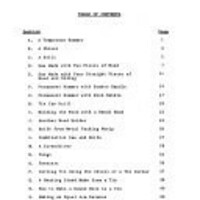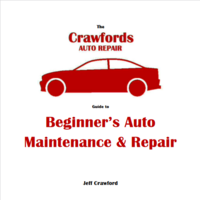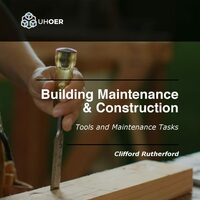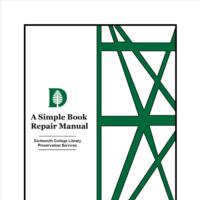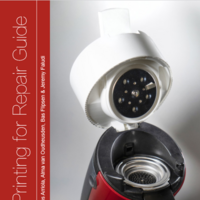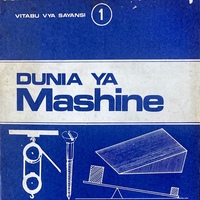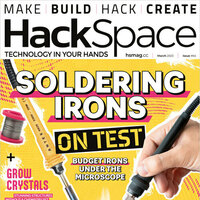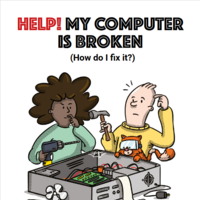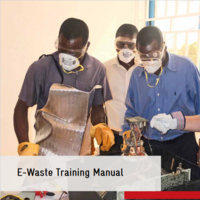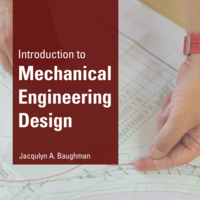Search
Books+
Searching 1,730 books
Search related to the career Tool and Die Maker
Maintaining and Repairing Tools and Dies
1. Regular Cleaning and Lubrication:
Regularly clean your tools and dies to remove dirt, debris, and residues that can affect their performance. Use appropriate cleaning agents and tools to ensure thorough cleaning. After cleaning, apply lubricants to reduce friction and prevent corrosion.
2. Inspection and Maintenance:
Inspect your tools and dies regularly to identify any signs of wear, damage, or misalignment. Look for cracks, chips, or any other abnormalities. If you notice any issues, address them promptly to prevent further damage. Regular maintenance can include sharpening, regrinding, or replacing worn-out parts.
3. Proper Storage:
Store your tools and dies in a clean and dry environment to protect them from moisture, dust, and other contaminants. Use designated storage areas or cabinets to prevent accidental damage or misplacement. Consider using protective covers or cases for additional protection.
4. Correct Handling and Usage:
Follow the manufacturer's guidelines for proper handling and usage of your tools and dies. Avoid excessive force or misuse that can lead to premature wear or damage. Train operators on the correct techniques and ensure they use the tools and dies appropriately.
5. Calibration and Adjustment:
Periodically calibrate and adjust your tools and dies to maintain their accuracy and precision. Use appropriate measuring instruments to verify their performance and make necessary adjustments. This ensures consistent and reliable results during operation.
6. Timely Repairs:
If you identify any issues or malfunctions during inspections or while using the tools and dies, schedule repairs promptly. Delaying repairs can lead to further damage and compromise the quality of your work. Consult with experts or manufacturers for complex repairs or replacements.
7. Documentation and Tracking:
Maintain a record of maintenance activities, repairs, and replacements performed on your tools and dies. This helps track their lifespan, identify recurring issues, and plan for future maintenance or replacements. It also ensures accountability and facilitates efficient management.
Remember, proper maintenance and timely repairs are essential for prolonging the lifespan and maximizing the performance of your tools and dies.
Source: Various AI tools
Engineering
Books tagged engineering
Vocational skills
Proverbs
Self-help
Mining
Computers
Books tagged computers
Website
Books tagged website
Activity book
Magazines
Searched in English.
